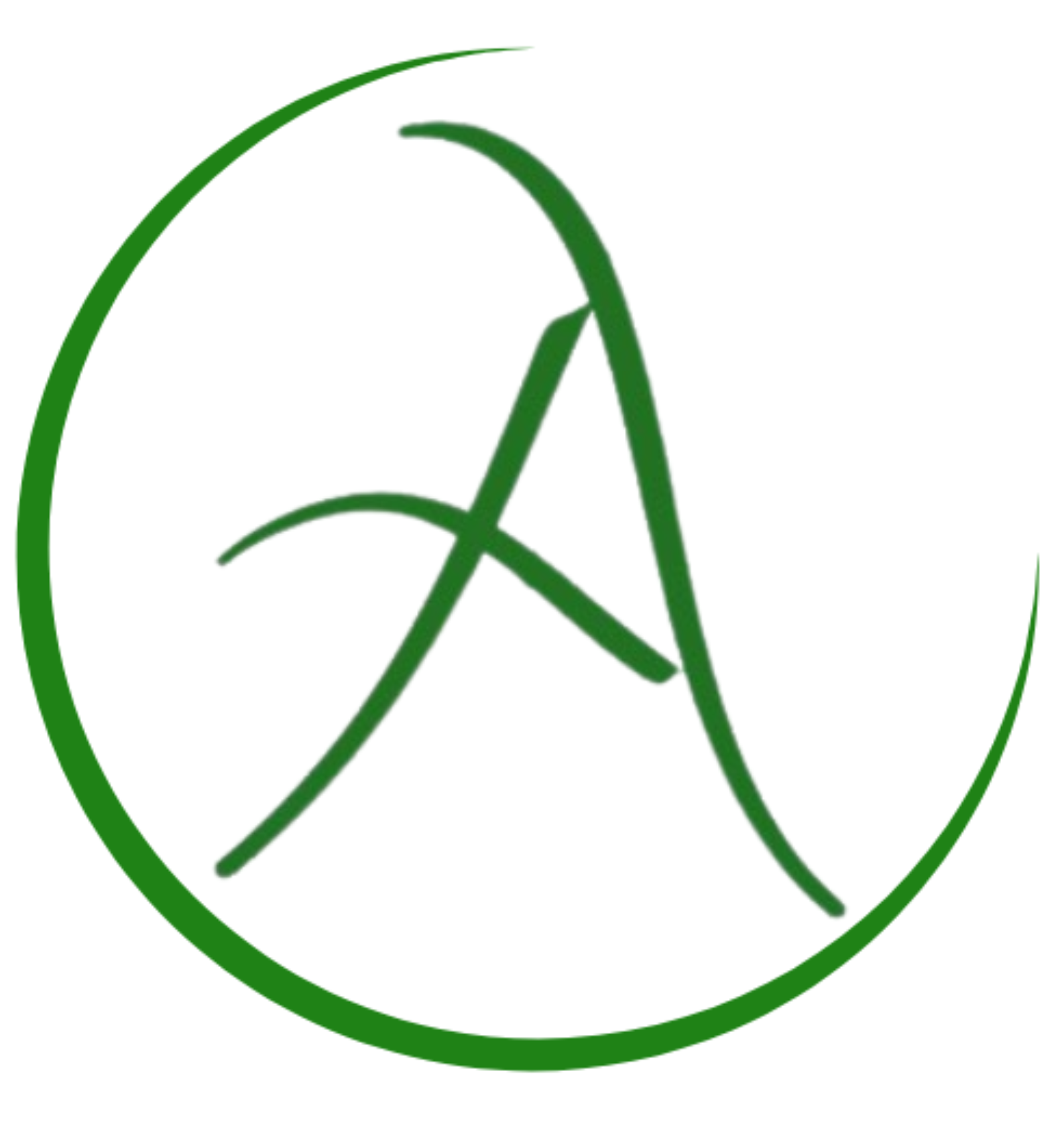Regenerative Economy
-
Module 01: Introduction1.1 Lesson-1: Interested in Regeneration?
-
1.2 Lesson-2: What is Regenerative Economy?
-
1.3 Lesson-3: Principles of Regenerative Economy9 Mövzular
-
1.3.1 Principle 1: Maintain strong, cross-scale circulation of key flows, such as energy, information, resources, and money.
-
1.3.2 Principle 2: Regenerative and sustained re-investment
-
1.3.3 Principles 3 & 4: Maintain Trustworthy Inputs and Healthy Outputs
-
1.3.4 Principle 5: Maintain a good balance between different types of organizations.
-
1.3.5 Principle 6: Maintain a balanced mix of resiliency and effectiveness.
-
1.3.6 Principle 7: Maintain sufficient diversity
-
1.3.7 Principle 8: Encourage cooperative relationships and principles that are shared by all
-
1.3.8 Principle 9: Encourage positive action and restrict speculative and overly extroverted behavior
-
Principle 10: Encourage efficient, flexible, group learning
-
1.3.1 Principle 1: Maintain strong, cross-scale circulation of key flows, such as energy, information, resources, and money.
-
1.4 Lesson-4: Towards Regenerative Economy1 Viktorina
-
Module-02: Go Beyond the Circles2.1 Lesson-1: From Linear to Circular Economy
-
2.2 Lesson-2: The Nested System
-
2.3 Lesson-3: From Focusing on the Product to Focusing on the Process1 Viktorina
-
Module-03: Regenerative Economy Mindset Shifting3.1 Lesson-1: Shift Mindset to Transform the System1 Mövzu
-
3.2 Lesson-2: Shift Mindset: “Doing” to “Being”2 Mövzular
-
3.3 Lesson-3: Shift Mindset: “Ego” to “Soul”1 Mövzu|1 Viktorina
-
Module 04: Regenerative Economy Framework4.1 Lesson-1: Levels of Paradigm6 Mövzular
-
4.2 Lesson-2: Understanding Levels of Paradigm as a System
-
4.3 Lesson-3: Evolving a Practice of Regenerative Economics5 Mövzular
-
4.4 Lesson-4: Quantitative Growth to Qualitative Growth2 Mövzular|1 Viktorina
-
Module 05: Collaborative Approach to Regenerative Economy5.1 Lesson-1: Ecology and Regenerative Economy 1
-
5.2 Lesson-2: Economy of Human Development9 Mövzular
-
5.3 Lesson-3: Regenerative Approach to Whole Economic Development7 Mövzular
-
5.3.1 Risks Associated with Traditional Economic Growth
-
5.3.2 A Regenerative Evolutionary Strategy to Creating Community Wealth
-
5.3.3 Developing Place-Sourced Community Intelligence: A Three-Phase Strategy
-
5.3.4 Phase One: Thinking Strategically
-
5.3.5 Phase Two: Changing Systems
-
5.3.6 Phase Three: Institutionalizing Strategic Planning Patterns and Fields
-
5.3.7 The Changes
-
5.3.1 Risks Associated with Traditional Economic Growth
-
5.4 Lesson-4: Regenerative Culture3 Mövzular|1 Viktorina
-
Module 06: Regenerative Investment6.1 Lesson-1: The Role of Businesses2 Mövzular
-
6.2 Lesson-2: Investing from a Regenerative Mind1 Mövzu
-
6.3 Lesson-3: Food System Investing in a Regenerative Economy4 Mövzular|1 Viktorina
-
Conclusion
Participants 5727
5.2.1 Personal and national sovereignty
Sentyabr 11, 2025
What is it like to be in charge? The term indicates that a nation has independent control over its currency supply when used to a national currency. Nations like the United States, the United Kingdom, and Japan have a high level of monetary sovereignty. Niger, Venezuela, and Greece are examples of countries with little monetary sovereignty. A nation is sovereign if it possesses the power to manage the supply of its own currency and the sole ability to “borrow” with that currency.
This control is directed by who or what? What aspects of the nature of money vary depending on the level of sovereignty? Agency is the important concept at the personal end of the sovereignty continuum. The will of an item to exert its membership in a broader system is referred to as agency. This is significant because a regenerative economy is started by releasing everyone’s creative potential. At the individual level, expanded agency creates the potential to participate in dynamic community- and movement-based development, just as increased sovereignty creates the capacity for a nation to participate fully in the active evolution of society and the planet.

